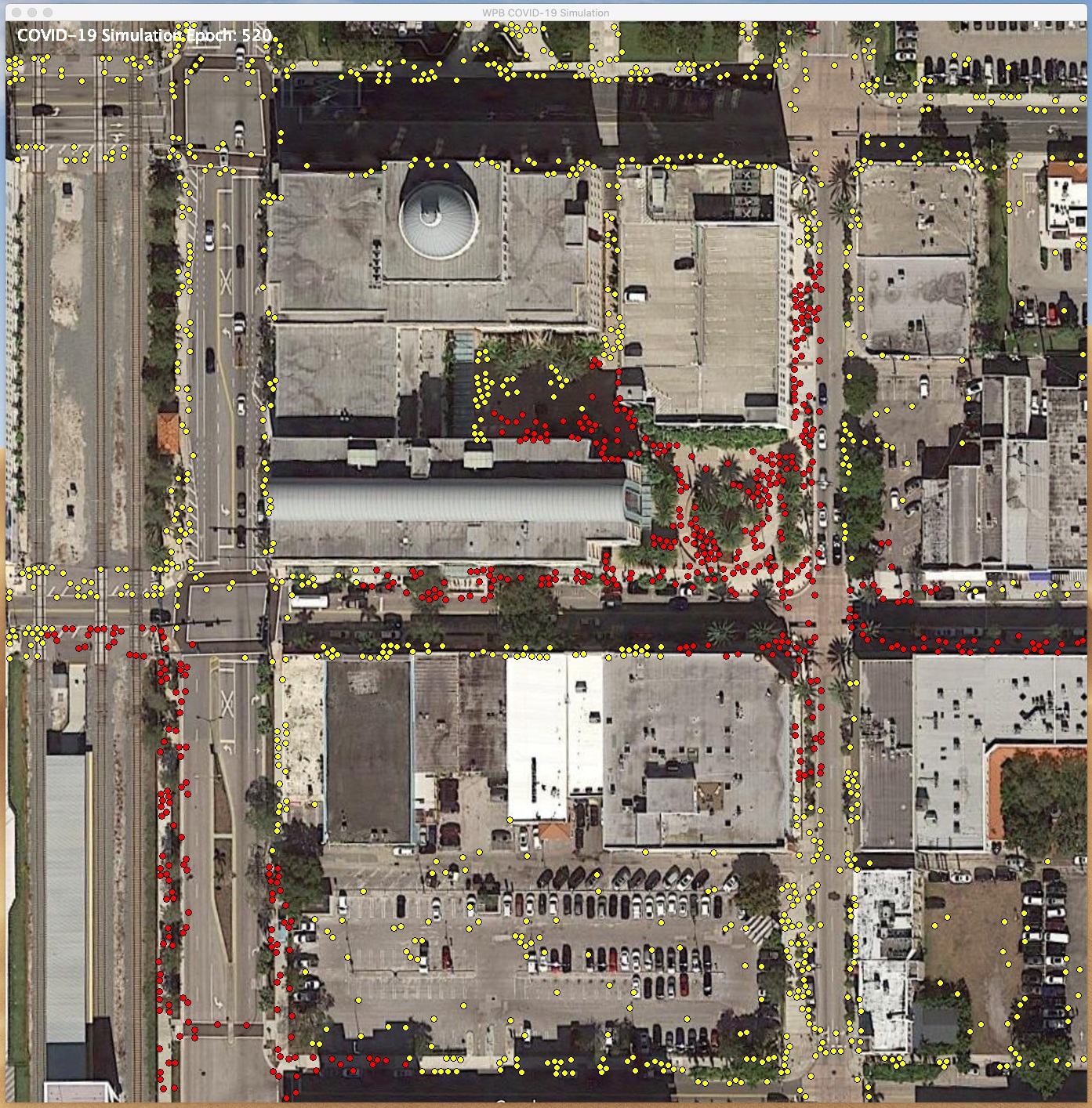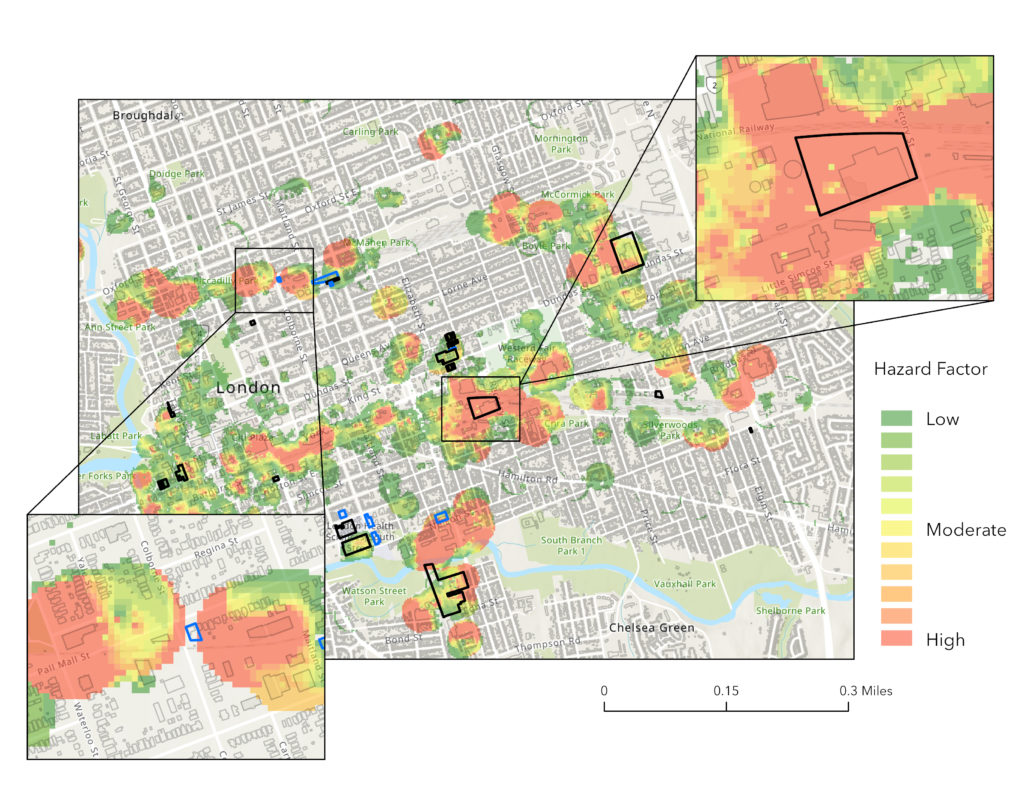Researchers are exploring the untapped potential of emerging smart cities to enable hyper-contextualized computational epidemiology to tackle COVID-19. The idea is to partner with the computational epidemiology community to integrate evidence-based models of COVID-19 transmission with hyper-local mobility data to provide place-specific forecasts of disease transmission. When these tools are integrated into city planning efforts, they will provide real-time insights into how mobility changes within the city affect the local population’s susceptibility to future outbreaks.



